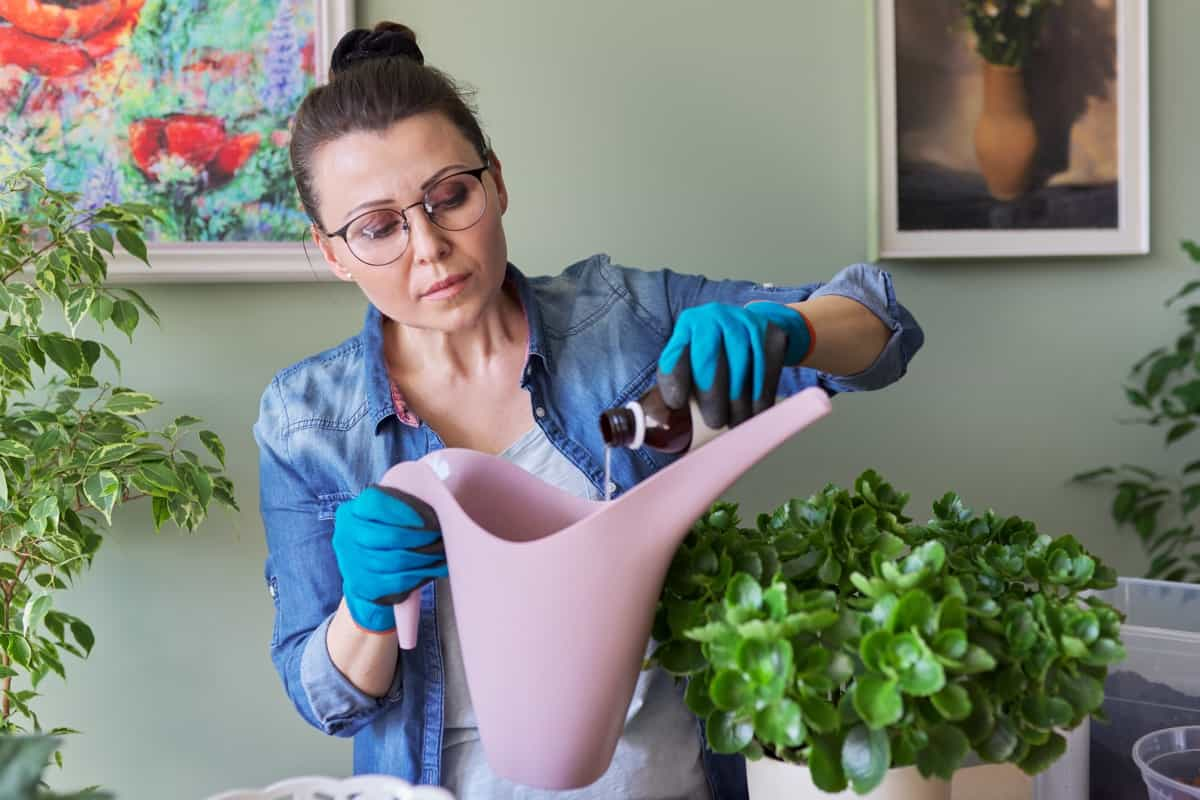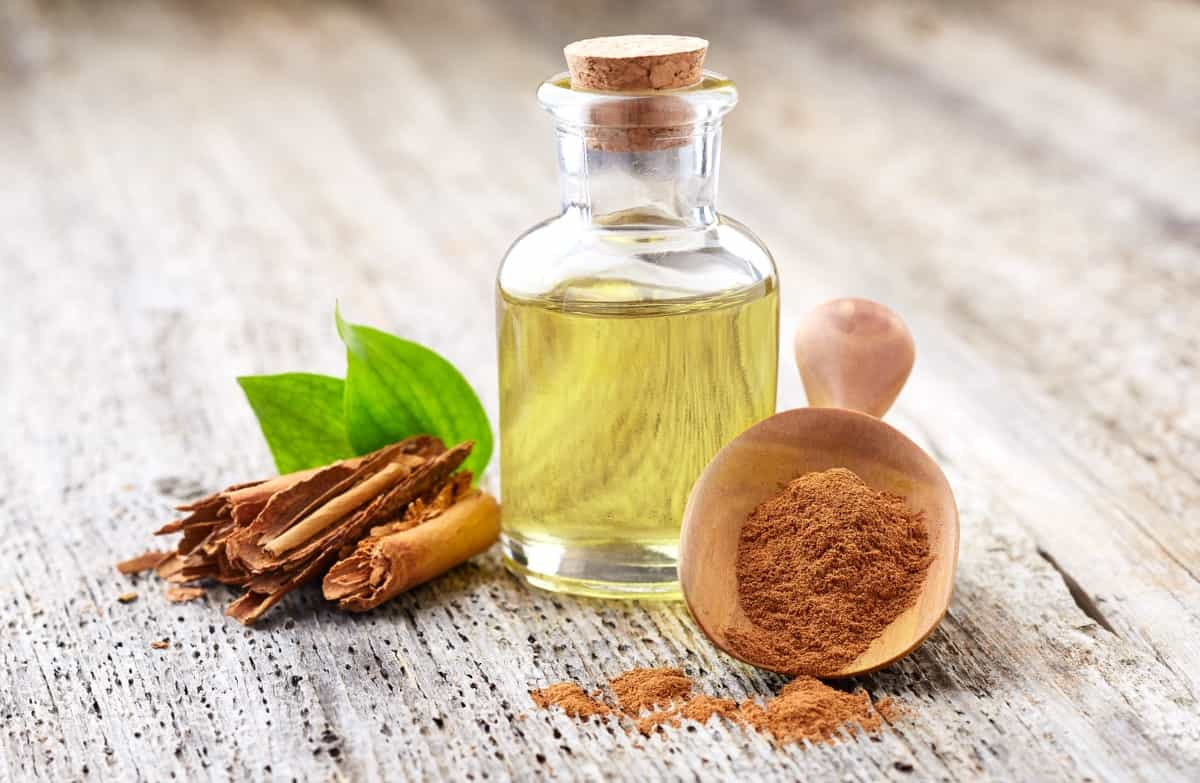Root rot is a common problem that affects the roots of plants, leading to their decay and eventual death. It is caused by overwatering, poor drainage, or a fungal infection. Root rot can spread quickly and devastate an entire garden if left untreated. Fortunately, several home remedies can help combat this issue and promote healthy root growth.
Home Remedies for Root Rot
Adjusting Watering Schedule
Adjusting watering practices is one effective remedy. It is important to ensure that plants are not sitting in waterlogged soil due to overwatering. The soil should be left to dry out slightly between watering sessions, and the pot or planting area should be properly drained. As a result, excess moisture will not accumulate around the roots, creating a favorable environment for fungus to grow.
Sterilized Well-Draining Soil
Few plants appreciate heavy sludge in their pots. Luckily, heavy soil is not difficult to fix. You can imagine potting medium as being on a spectrum between impermeable, water-holding clay to completely porous sand—most plants favor a mix that falls somewhere in the middle.
In case you missed it: DIY Methods to Improve Soil Quality in Your Garden: Treatment and Solutions

Drainage quality can be adjusted by adding sand, perlite, bark, or other coarse amendments to open up heavy clay soil and vice versa. Organic amendments like worm compost and leaf mold work to “correct” either type of soil so that it drains optimally. Organic material also offers the bonus of natural fertility.
Proper Potting
A plant’s proper container size is determined by the scope of its root system. Tubers, epiphytes, and many succulents have limited roots, but others go deep. Too much “empty” soil is problematic because, without roots to take up water and aerate the soil, dead zones can develop where root rot may take hold. One size doesn’t fit all, so know your plant. Clay pots are best because they allow water to evaporate through the side and let the soil breathe.
Hydrogen Peroxide
The commonly available 3% solution of Hydrogen Peroxide is another potential root rot treatment that adds oxygen and helps fight the infection. Hydrogen peroxide is commonly used to treat root rot in hydroponic setups and may also help regular houseplants. Spray the affected leaves and stems with 1-1/2 teaspoons of 3% solution diluted in a cup of water.
In case you missed it: Benefits of Hydrogen Peroxide for Garden Plants: Uses and Application Procedure

The soil can also be dripped with this solution. Be aware this treatment may also kill beneficial organisms, and its effectiveness in the soil is variable. As a last-ditch effort, some gardeners dip the roots of a severely infected plant in a diluted solution before repotting.
Chamomile Tea
As you begin to water your recovering plant carefully, you may consider adding some chamomile tea. Some growers report using the solution successfully as a natural microbial and mild fungicide. To utilize chamomile for treating root rot, one common approach is to prepare a chamomile tea solution. This can be done by steeping dried chamomile flowers in hot water for about 15-20 minutes. Once this solution has cooled, it can be applied directly to the affected plants’ soil.
Another method is to create a chamomile-infused soil drench. This involves soaking enough chamomile flowers in water for a few hours or overnight. The resulting liquid can then be poured directly onto the soil around the affected plants, allowing the antifungal properties to penetrate the root zone and combat the root rot infection.
Horsetail Extract
Horsetail extract offers a natural and effective solution for treating plant root rot. Combine 10 liters of water and 1 kg of fresh horsetail and leave it to settle down for one day before boiling the mixture for half an hour. Dilute this brew in a ratio of 1:5 and use it for treating fungus diseases like root rot.
Its antimicrobial and immune-stimulating properties make it a valuable tool in combating this common plant disease. By understanding its benefits and following proper application methods, gardeners and farmers can harness horsetail extract’s power to restore their plants’ health and promote vigorous root growth.
Cinnamon
Good old cinnamon appears to be a natural fungicide with low toxicity. Experienced gardeners swear by cinnamon for reducing soil gnats, protecting seedlings, and preventing root rot. This common kitchen spice has proven effective against fungal infections on over 40 different crops. The active ingredient’s formal name is cinnamaldehyde. To treat your troubled houseplant, dust cinnamon over roots and other affected plant parts after the diseased areas have been trimmed away. Don’t forget to mix some in the soil, too.
In case you missed it: Benefits of Cinnamon Powder on Plants for Pests in the Garden: A DIY Recipe and How Often to Use Cinnamon on Plants

Garlic Extract
Garlic extract has shown promise as a natural and effective remedy for treating plant root rot. About 300 grams of garlic cloves should be chopped into fine pieces, and 5 liters of hot water should be used to brew the garlic. Dilute this extract in a ratio of 1:3 after steeping for one day. Lastly, dip the plant’s roots in this extract before planting to prevent root disease.
Its antifungal properties, ease of preparation, and cost-effectiveness make it an attractive option for both conventional and organic growers. By incorporating garlic extract into plant care practices, gardeners can effectively combat root rot while minimizing environmental impact.
Applying Bleach Solution At Root Zone
Its ability to eliminate fungal pathogens and prevent the spread of the disease makes it an effective treatment option. Gently pour the diluted bleach solution onto the soil around the affected plant, and saturate the root zone. Avoid pouring the solution directly onto the plant’s foliage, which may cause damage. After the initial application, closely monitor the plant’s progress. If root rot symptoms persist, it may be necessary to repeat the treatment, allowing sufficient time between applications to assess the plant’s response.
Remove the Affected Roots
In severe cases of root rot, it may be necessary to prune and remove the affected roots. Use rubbing alcohol to sterilize the pruning tools before and after each cut to prevent further contamination. Ensure the affected roots are cut back and the plant is repotted in rich, well-draining soil.
In case you missed it: 10 Common Problems With Root Vegetable Plants: How to Fix, Treatment, and Solutions

Conclusion
Keep in mind prevention is key when it comes to root rot. Implementing these home remedies and practicing proper plant care can help prevent root rot and keep your plants healthy and thriving. If the problem persists or worsens, it is advisable to seek professional help or consult a local gardening expert for further guidance.
- Feed Your Flock for Less: Top 10 Tips to Save on Chicken Feed
- Ultimate Guide to Ossabaw Island Hog: Breeding, Raising, Diet, and Care
- Hatching Answers: The Top 10 Reasons Your Chickens Aren’t Laying Eggs
- Eggs and Economics: Breaking Down the Cost of Raising Backyard Chickens
- Defend Your Greens: Proven Methods to Keep Iguanas Out of Your Garden
- Ultimate Guide to Cinnamon Queen Chicken: A Comprehensive Guide for Beginners
- Ultimate Guide to California Tan Chicken: Breeding, Raising, Diet, Egg-Production and Care
- Ultimate Guide to Marsh Daisy Chicken: Breeding, Raising, Diet, and Care
- 10 Types of Chicken Farming Businesses You Can Start for Profits